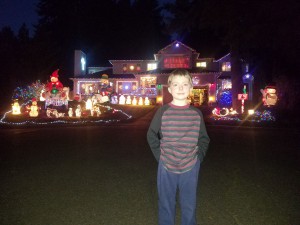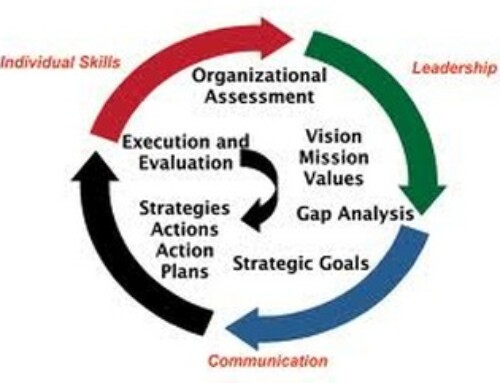 A business colleague and friend sent me a text the other day with a link to a television news story on CLAP – Christmas Lights Addiction Problem. It was a tongue-in-cheek text, but Paul knows that for the last 20 years, I have gradually increased my annual light display to become one of the most visited Holiday spots on Bainbridge Island, a short ferry ride from downtown Seattle. In fact, when he texted me with a link about this group, I texted him back that I was heading home to climb up on the roof to hang more lights.
A business colleague and friend sent me a text the other day with a link to a television news story on CLAP – Christmas Lights Addiction Problem. It was a tongue-in-cheek text, but Paul knows that for the last 20 years, I have gradually increased my annual light display to become one of the most visited Holiday spots on Bainbridge Island, a short ferry ride from downtown Seattle. In fact, when he texted me with a link about this group, I texted him back that I was heading home to climb up on the roof to hang more lights.
But his text reminded me that everything in life we have a passion for teaches us some of the most valuable lessons we can learn. They are lessons we can bring from our personal life into our business life and use them to become better practitioners at whatever we do. From understanding why we do things – like hang tens of thousands of lights – or the benefits that others receive from our actions can make us, well, better people.
So in the spirit of the holiday season, here are a few lessons I have learned from the 40-50 hours my two boys and I spend over the course of several weekends and evenings creating our annual display.
- Is it a problem or a check?: I was asked if I fix a broken set of lights or replace them? I used to replace them: I have all the tools, including several of those red “guns” that find where the power ends and tests each bulb. But then I did the math. I was so focused on solving the problem I didn’t realize how much it was really costing me. Time is money. Time also is precious in December, as there is less daylight (Sunrise today was at 7:55 am and Sunset is at 4:20 PM). We battle wind, rain, sleet, snow and ice, depending on the year. Moore’s Law also has changed things with the price of LED lights rapidly becoming more affordable. And our local ACE Hardware takes old Christmas lights for a charity. Today, I replaced a burnt out set of lights because I realized it’s solved with a check, so it’s really not a problem.
- Plan your work and work your plan: I sketch everything out on paper with a pencil. No two years displays are ever the same. Some of this is forced change: after several years, large light displays burn out, automated ones breakdown and I even had a large “North Pole” sign from Costco stolen once. Other is by design: I see the display we do as a painting – starting with a blank canvas. But that doesn’t mean I don’t plan to make it easier – and cheaper – every year. I’ve modified blow molds to take more efficient lights, replaced (nearly) all of my incandescent lights with LEDs, and to my wife’s constrained horror, I have installed permanent small long screws around all the first floor lower window outside frames, as well as the garage to secure lights. I keep my drawings each year for reference, tag the order of the roof lights to speed their hanging, and try to plan everything, from the layout of the new display, to the storage for next year’s use.
- Always remember the “why.” I can’t explain why, but this year, something truly magical has happened. Every time I see someone or my wife meets a friend, the subject turns to gratitude for our annual Holiday light display. A local friend and next-Gen Realtor friend of mine, Jason Shutt, posted on my Facebook wall a photo of his son, Truman, standing proudly in front of my house with the caption “Truman does not like being in pictures, so clearly this is a house worth taking a picture of.” I was so touched by this. Then, at our annual neighborhood Christmas party, I learned that our local Senior Center takes a bus tour and my home is always a “must see.” Over the years, we’ve received dozens and dozens of accolades, having been featured in the Seattle Times and in the local paper. But this year, everyone was calling it a “Community Service.” I looked at my wife and said, “How did that happen? How did we go from just putting smiles on and lighting up the faces of children to getting such a status? And then it hit me. It takes a long, long time to build anything that has a stellar reputation: years, even decades. That’s why you never forget the “why.” That’s what sparks the passion. My why started because I moved to Florida from Chicago and without snow, it did not feel like Christmas without Christmas lights. Today, the “why” is found on the faces of all the children – and children at heart – who see these lights as a “family tradition” that becomes part of their every December.
Looking to learn from everything we are passionate about makes us appreciate doing the things we love even more.
Wishing you the happiest of holiday, here is a video from a few years ago that I hope you will enjoy




